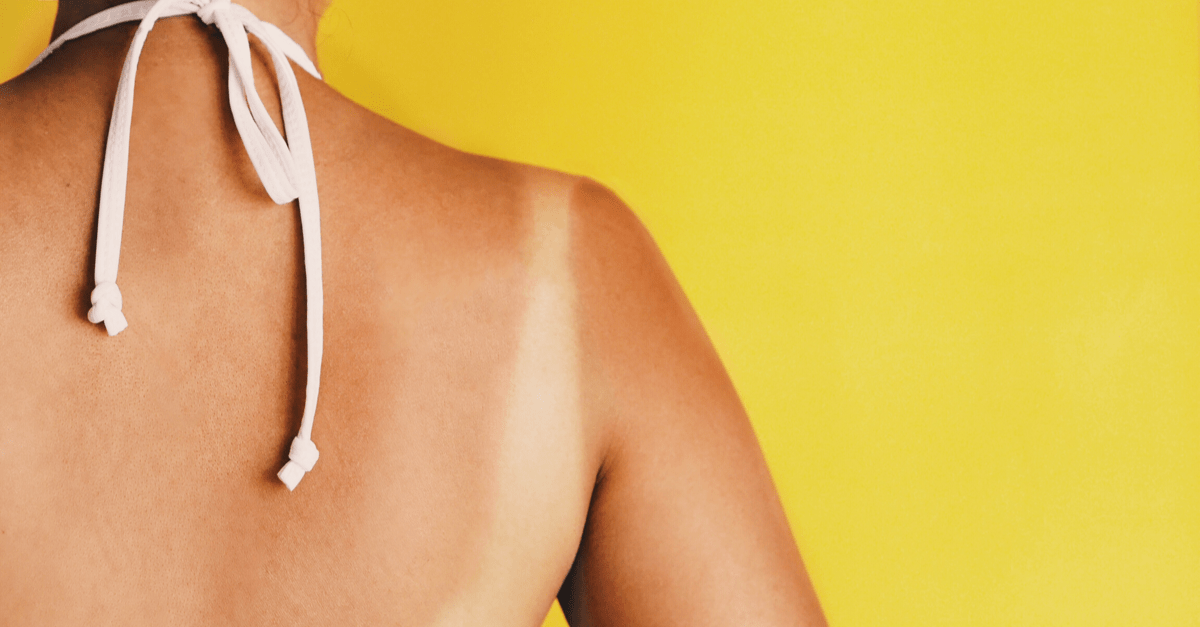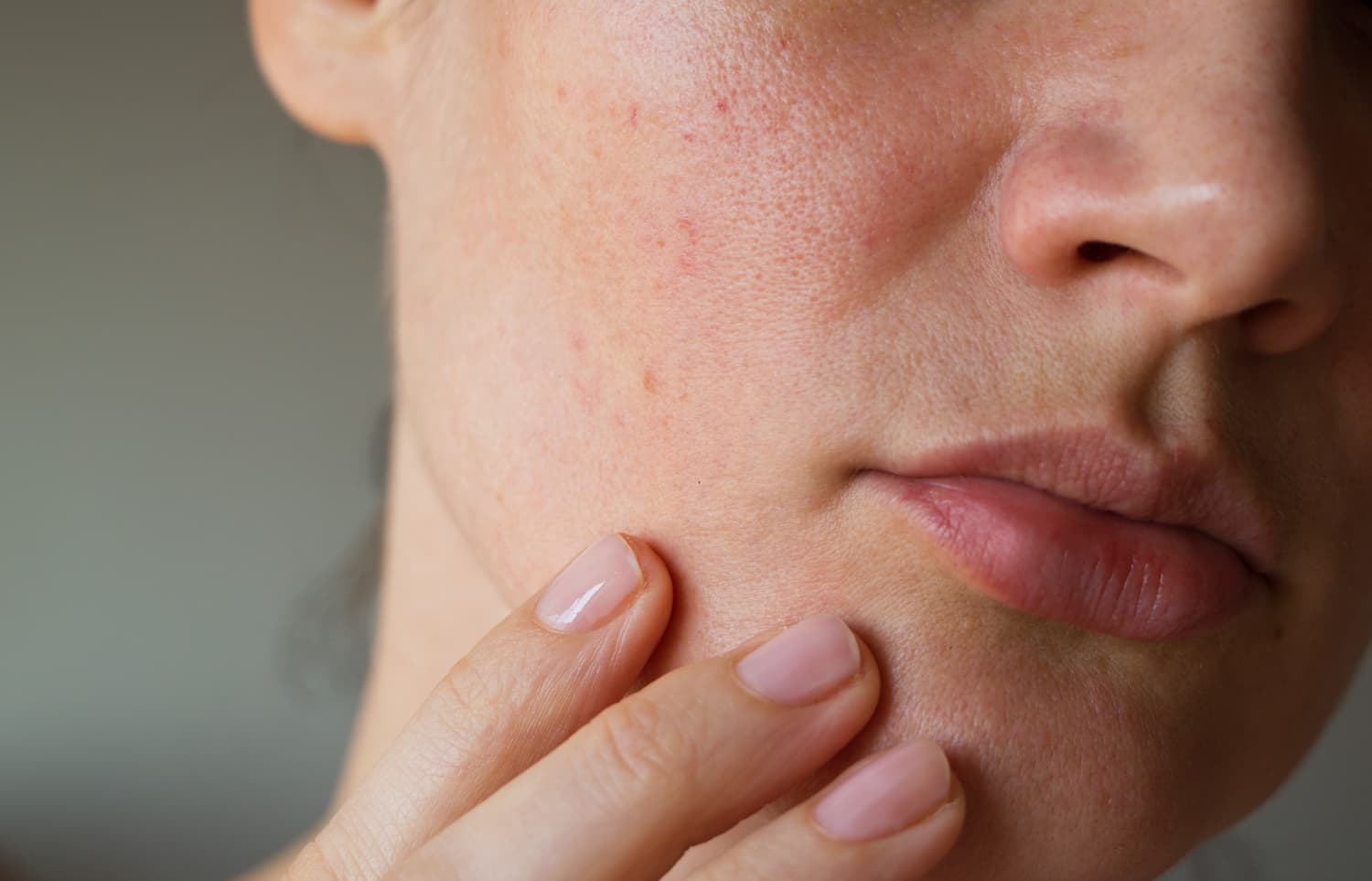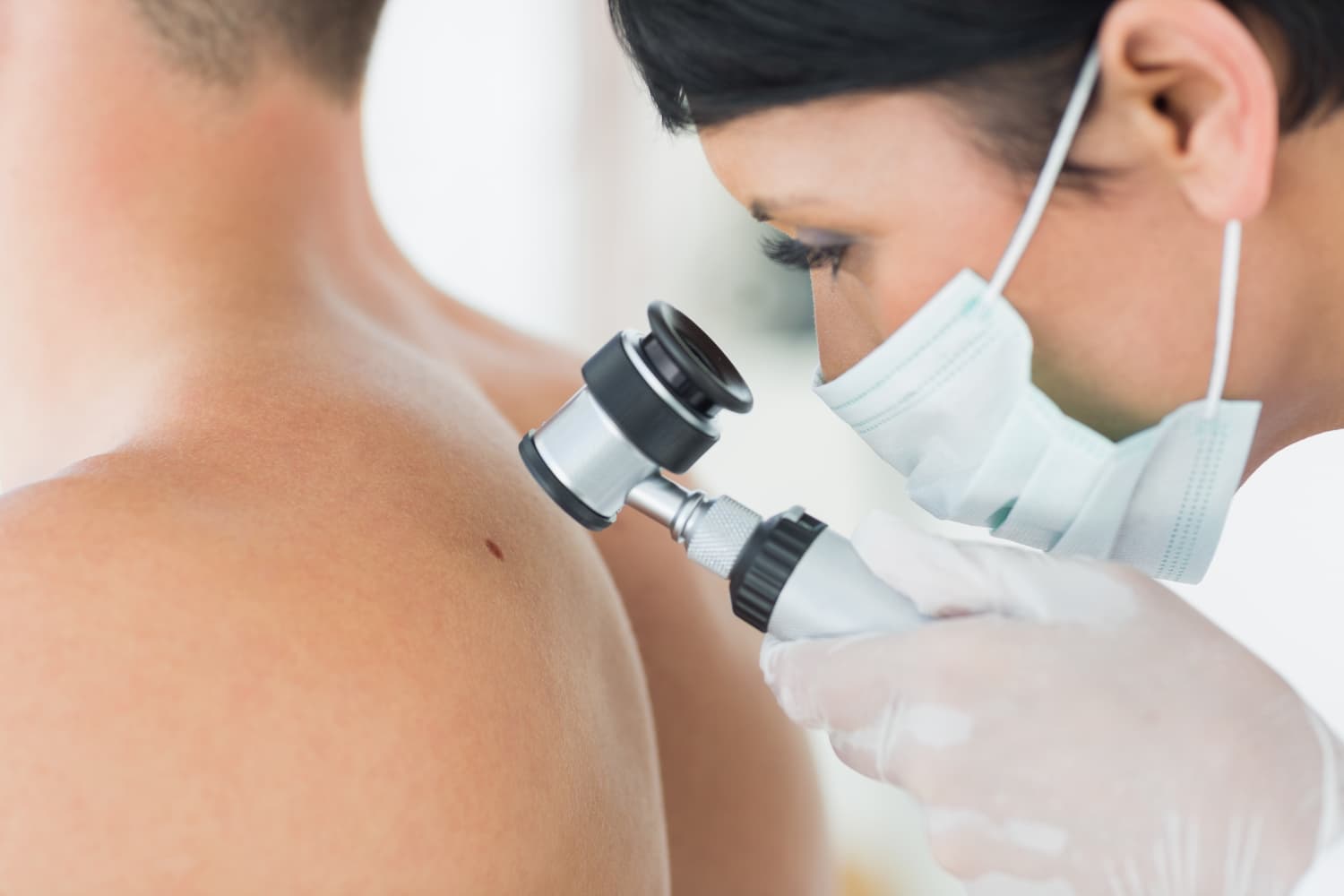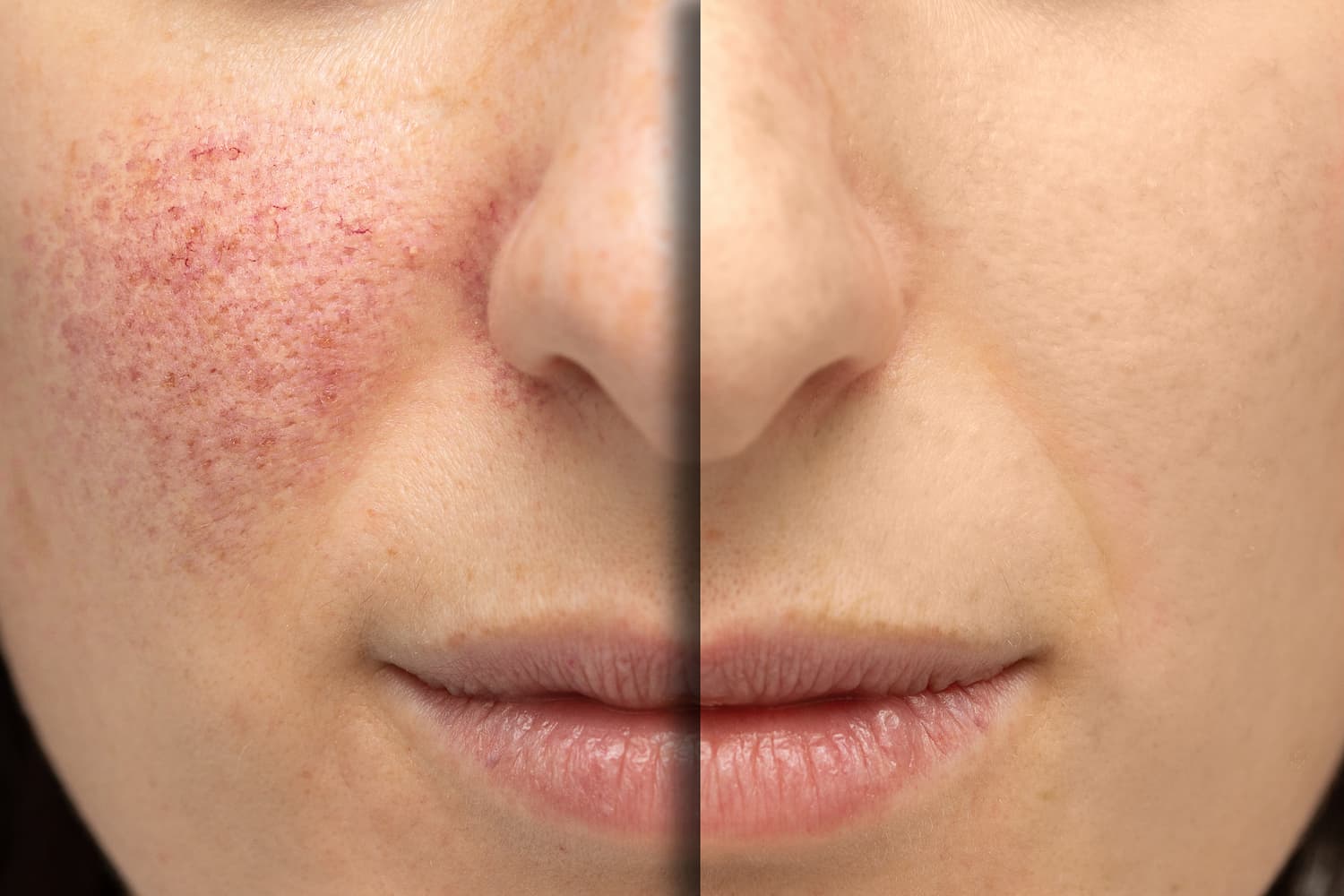With summer in full swing, this is our reminder for you to pack up your sunscreen wherever you go and avoid the burn! Living in Arizona, you must be vigilant about sun safety and protection—and that includes reducing your risk of sunburn.
If you find yourself affected by a sunburn, learn the ins and outs to alleviate your pain and reduce your side effects.
What causes the skin to burn?
When your skin is exposed to too much sun, it can burn. Both UVA and UVB sun rays are harmful to your skin and can cause sunburn and lead to skin cancer. How quickly you burn is related to a component of the skin called melanin. Melanin, which is made by your body, protects the deeper layers of your skin from damaging sun rays and is what gives your skin its color. Depending on how much melanin you have, will dictate how quickly you burn or tan.
When your skin is damaged by the sun’s harmful rays, your skin tries to protect itself by making even more melanin to prevent further damage. This is why your skin changes color after time in the sun. There is only so much melanin your skin is capable of producing during a given exposure, after which you will begin to burn.
How can you prevent a sunburn?
Conscientious sun protection! Making an intentional decision to protect yourself from the sun will prevent sunburn, allowing you to make the most of your time in the sunshine. Before heading out to the pool or beach make sure you have applied the right type of sunscreen because not all sunscreens are created equal.
First, make sure your sunscreen is a broad-spectrum sunscreen, protecting your skin from both types of harmful sun-rays: UVA and UVB. Next, look for an SPF of 30 or higher, which will protect you from 97% of the sun’s harmful UVB rays. Apply sunscreen thickly and evenly all over! Visually, this equals a shot glass size amount, which is approximately 1.5 oz. Throughout your sun-filled day, reapply sunscreen every two hours or so, and if you find you are sweating or enjoying the water, reapply sunscreen even more frequently.
How do you treat a sunburn?
Luckily, most sunburns are first degree burns, only involving the top layer of skin, which means most can be treated without seeking medical help. Even though first degree burns aren’t as serious as higher-degree burns, they can still be painful, so here are some tips to help ease the burn.
As quickly as possible, apply cold, wet compresses to the sites or take a cool shower for about 10 minutes. Over the counter pain medications such as acetaminophen or ibuprofen, taken as outlined on the bottle’s packaging, can also help prevent or minimize pain, inflammation, and subsequent swelling associated with the sunburn.
How can you heal a sunburn faster?
Soothing and protecting the sunburned skin while it is healing with petroleum jelly two to three times per day may help your skin heal faster and even minimize the peeling stage! Stay away from topical antibiotic ointments, herbal ointments, and home remedies such as toothpaste or butter because these treatments may actually exacerbate the sunburn, increase healing time, or cause an infection.
Protecting the sunburned areas from the sun by using sun-protective clothing, seeking shade, or remembering to apply a broad-spectrum, water-resistant sunscreen with an SPF of 30 or higher will also help prevent additional sunburn and damage. Look for a mineral-based sunscreen, as sunburned skin is usually more sensitive, and mineral-based sunscreens tend to be less irritating to the skin.
Sunburns are common and usually heal on their own without any specialized treatment, however, if you think your burn is more severe, see your doctor. Your risk of developing potentially deadly melanoma doubles with a history of 5 or more sunburns, so whether or not you burn easily make sure you’re scheduling your annual full-body skin exams and stocking up on sunscreen!






